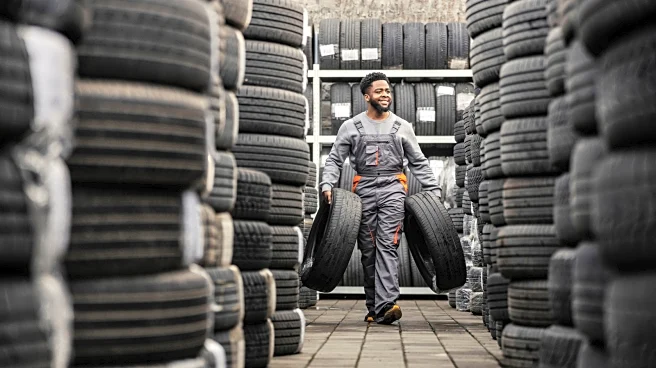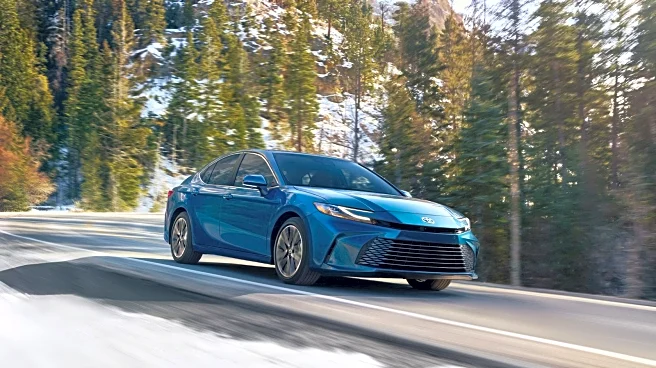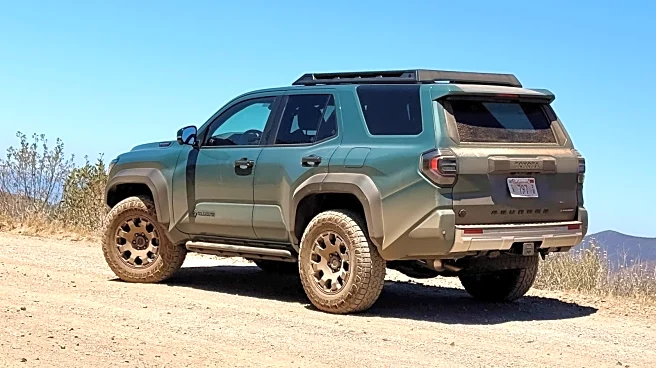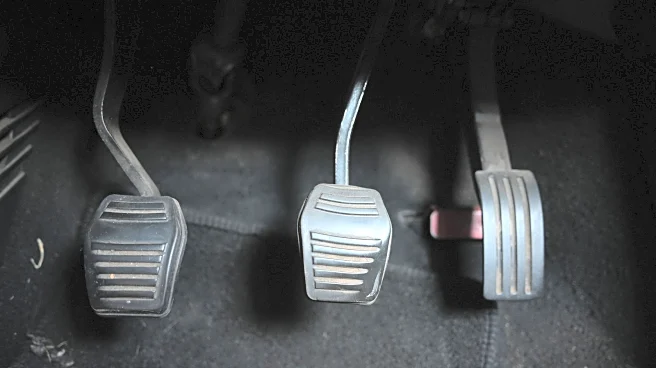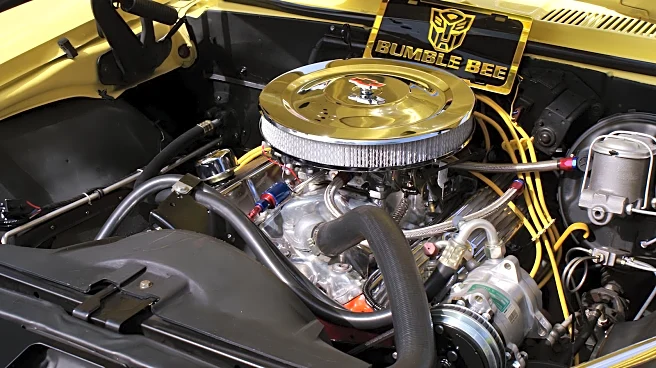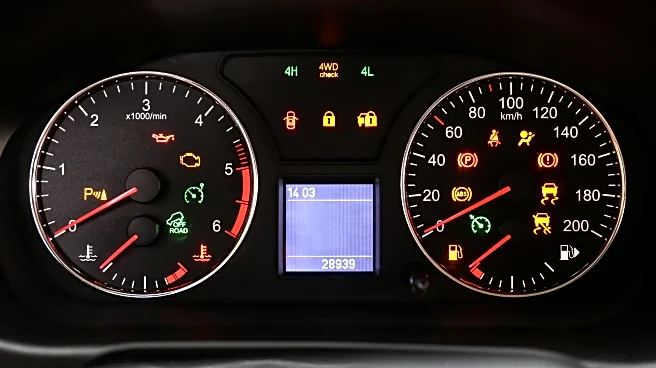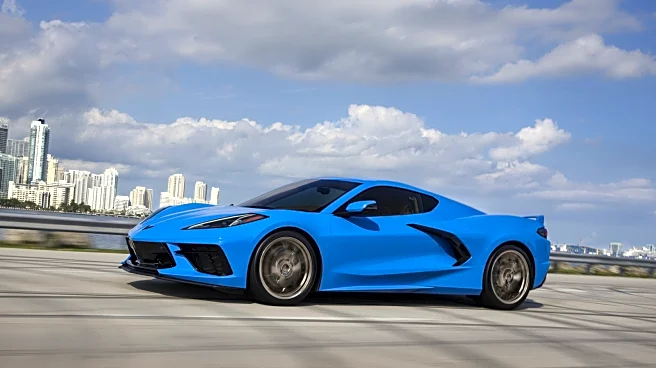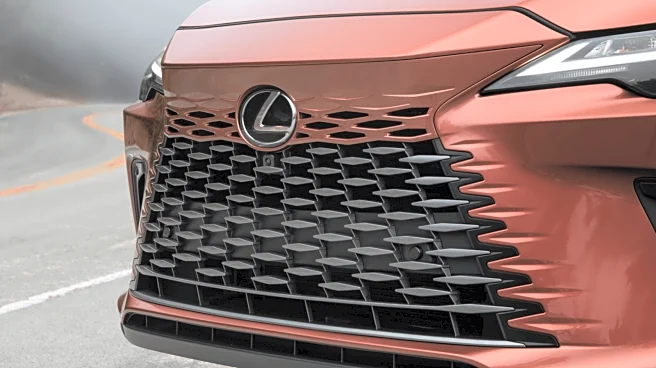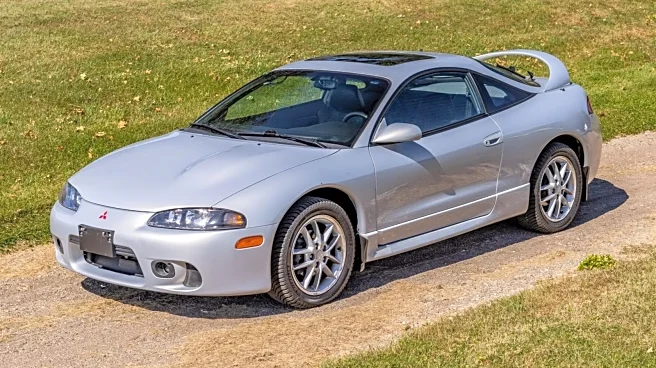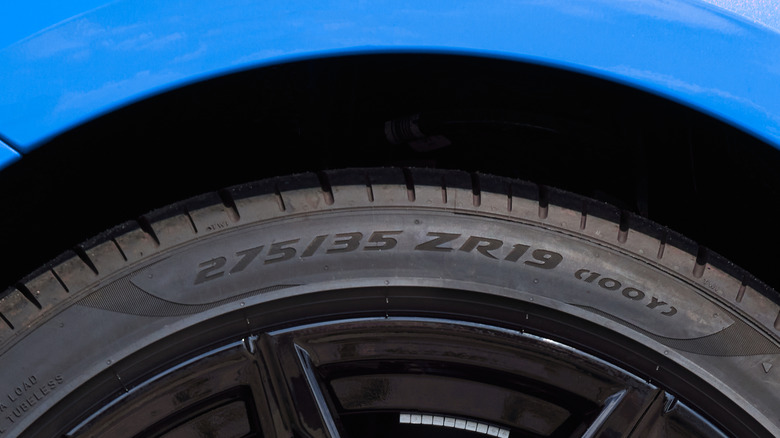
The letters and numbers on the side of your tire tell you everything you need to know about it. By simply reading the sidewall markings, you'll know your tire's size, max pressure and load, and even age. Other important information you'll see on the sidewall is the construction type, found between the aspect ratio and wheel diameter. On many modern tires, this is signified by the capital letter R, meaning the tire was made using Radial technology.
However, there are tires that are printed with a ZR
instead of just an R. In this case, ZR refers to your tire's speed rating or speed index, the fastest speed it can go at optimal pressure before potential damage could occur. ZR-rated tires mean they're constructed specifically to withstand high speeds. But exactly how fast can you go with ZR tires installed, and are they recommended for your standard personal or family car?
Read more: 9 Tire Brands Owned By Michelin
ZR Speed Ratings, Explained
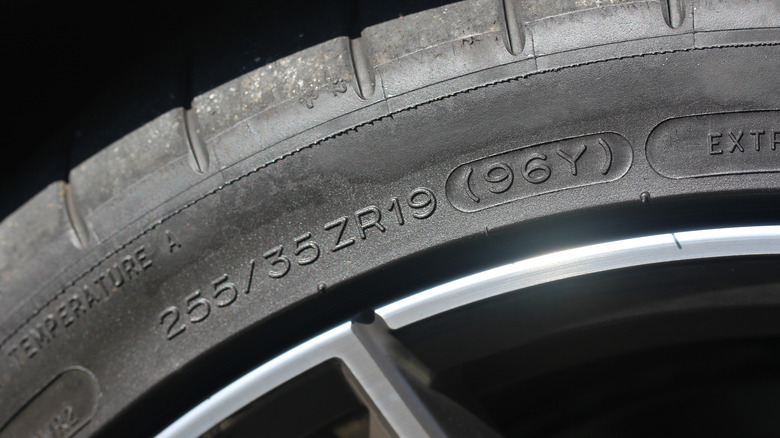
Tires with the Z or ZR rating can handle speeds of more than 149 mph. In many tire speed rating charts, there are three specific sub-ratings that fall into that category: W, Y, and (Y). W tires can go up to 168 mph, Y up to 186 mph, and (Y) over 186 mph. Normally, it's easy to identify the speed rating on your tire's sidewall. Simply find the four or five numbers after the letter R. The first two digits represent the rim diameter, and the last two or three are the tire load index. Once you locate them, check the letter immediately following the load index. That's your speed rating.
However, Z/ZR isn't technically a dedicated rating on its own, so it shows up differently on different tires. If the rating is W or Y, a Z may or may not appear before the letter R. Some manufacturers, like Michelin and General Tire, do include the letter Z, but others, like Bridgestone, leave it out completely. If, on the other hand, the speed rating is (Y), the Z is always included as per industry standards. The load index with the Y rating would then be printed inside brackets. That means a tire with a rim diameter of 17, load index of 95, and (Y) speed rating would appear as ZR17 (95Y).
When To Buy ZR-Rated Tires
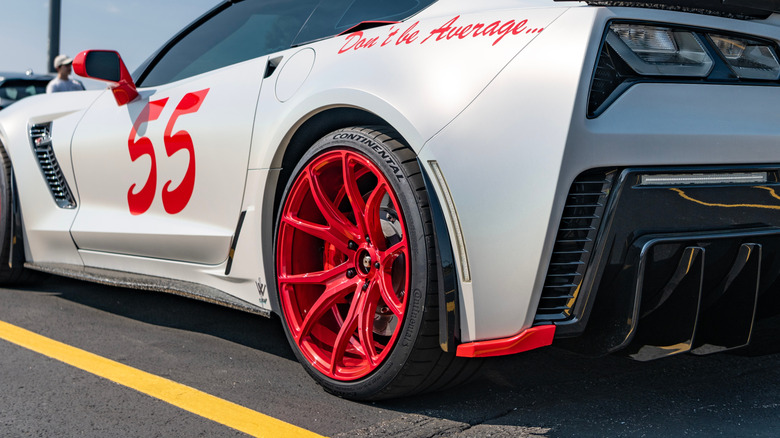
ZR-rated tires are primarily designed for vehicles with the need for speed. In fact, they're normally the OEM tires for sports cars. The 2024 Chevrolet Corvette, for instance, comes with a top track speed of 194 mph and features the Michelin Pilot Sport All Season 4 tires that are rated at (Y). Besides sports cars, ZR-rated tires are becoming increasingly common in powerful new sports sedans and SUVs, too. The Lamborghini Urus, known as a Super SUV, has a 190 mph top speed, which is complemented by the Pirelli P Zero, also with a (Y) rating.
However, if you're driving a typical passenger car, there's really no need to upgrade to a ZR tire. Most of the time, the lower-rated ones like T, H, or V would do the job just fine, especially for everyday driving or even frequent road trips. The rule of thumb, though, is to follow the same speed rating as your stock tires or whatever your car manufacturer recommends. To check what this recommended speed rating is, look at the tire label on the door on the driver's side or glove box. You can also find this information in your owner's manual. Only get ZR tires for your car if your manufacturer explicitly says to use them.
But whatever speed index you go with, remember that it isn't an invitation to travel that fast, especially on public roads. While it does suggest that a tire can withstand such speeds, you should always observe what the speed limit set by local authorities is and what the road and weather conditions permit.
Want the latest in tech and auto trends? Subscribe to our free newsletter for the latest headlines, expert guides, and how-to tips, one email at a time.
Read the original article on SlashGear.
